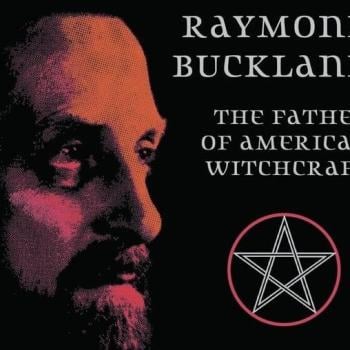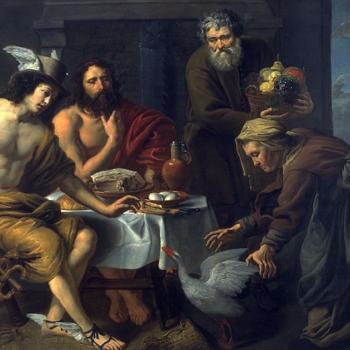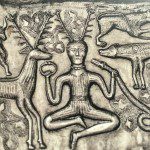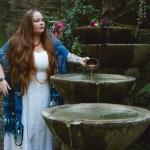I think our community is a bit obsessed with labels. There are dozens of different Witchcrafts, a whole bunch of Druid orders, varying degrees of polytheist, and lots of names given to those who honor Norse pantheons. It used to be that the word “Pagan” was a unifying force in our communities. To a smaller degree that still applies today (this is blog is a part of the Patheos Pagan channel for instance), but I think less so than just ten or twelve years ago.
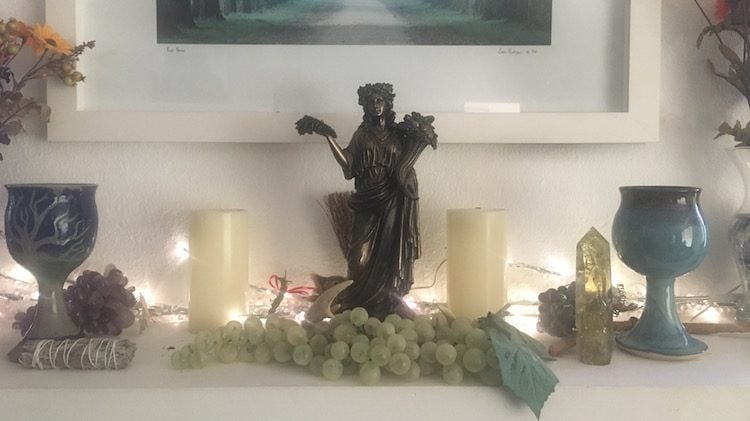
Twenty or thirty years ago most Pagan traditions shared a few traits:
The Irish-Celtic Wheel of the Year When I was starting out everyone I knew in the Pagan Community at least played lip service to the idea of the “Wheel of the Year” and the solstices, equinoxes, and cross-quarter days that populate it. I’m sure it wasn’t as universal as I thought it was back in the 90’s, but it was more common than not. Most everyone I knew gathered to celebrate “the sabbats” no matter their path, and in those days I was surrounded by a lot more than Witches, I counted Druids, Thelemites and Christo-Pagans as some of my cloest friends.
The Divine Feminine I’ve never been naive enough to think that all Pagans worship “the Goddess” but everyone I knew twenty or thirty years ago at least had a goddess sitting on their altar or among the deities they honored. Goddesses varied of course, there was the Wiccan “Lady,” specific deities such as Rhiannon and Freya, and the Marys (both the Virgin and the Magdalene). That last bit might make some people uncomfortable, but I had friends that absolutely honored those figures as goddesses.
Magick All of my Pagan friends twenty-five years ago believed in magick, I’m not sure it was even open for debate. To be a Witch or a Druid or whatever else generally came with a belief in the practice, and when we were bored we’d throw energy balls at each other and debate the finer points of magickal practice. We saw books on ritual magick as a part of the Pagan experience, to not read such things was to be left behind.
Polytheism I think most of us used to refer to ourselves as polytheists, and most of the people we knew at least used the language of polytheism. The idea that there were “many kinds of polytheism” never really occurred to any of us. What we were doing was obviously different what the monotheists were doing, wasn’t that enough?
Today the Pagan landscape has changed dramatically. There are Re-constructionist groups exploring the holidays of various ancient pagan traditions (Hellenic, Egyptian, Sumerian, and dozens more) and as a result they are less interested in Celtic holidays. There are more and more Pagans who are also trying to connect with the Wheel of the Year where they live instead of trying to graft an Irish and/or British (many of us have been inspired by the goings on in Wales, Scotland, and England) seasonal calendar onto what they do. I know some Witches today who are entirely focused on re-creating the Witchcraft known to us from Margaret Murray’s Witch-Cult in Western Europe (book published in 1921), a cosmology that mostly lacked any sort of goddess figure.
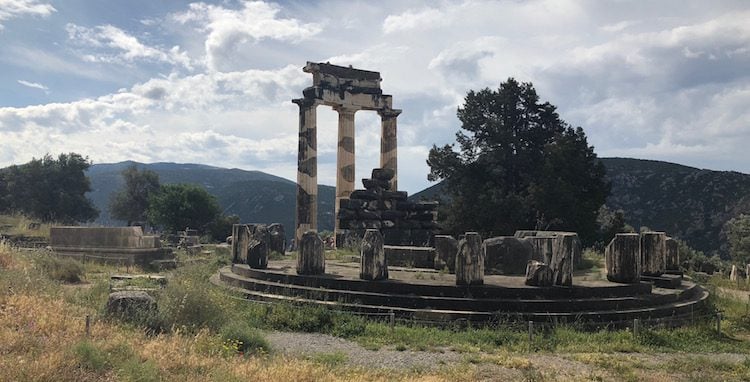
Magick and polytheism and their place in Paganism has probably changed the most over the last twenty years. I’m sure there have always been atheist Pagans and Pagans who don’t believe in magick, the difference is that they are much louder now, and actively turn up their nose at such things. I’m not bothered by a lack of belief in deity (or magick) but I find it frustrating and insulting when such beliefs are ridiculed.
Polytheism has become a matter of degrees, and is now often prefaced with qualifiers such as “soft” or “hard.” I get it, Pan is not the same as a “the Horned God,” but the problem comes when people try and interpret or define someone else’s experience with deity. “You can’t be a polytheist because you are a Wiccan” is something I’ve heard many times over the past five years, even though I honor the deities in my house as separate and distinct entities.
With all of these different points of view then, what makes up today’s Paganism? Is the answer simple or complex? Are we still under one umbrella or several? The answer you get will probably depend on who you ask, but I think there are still some qualifiers when considering today’s Paganism.
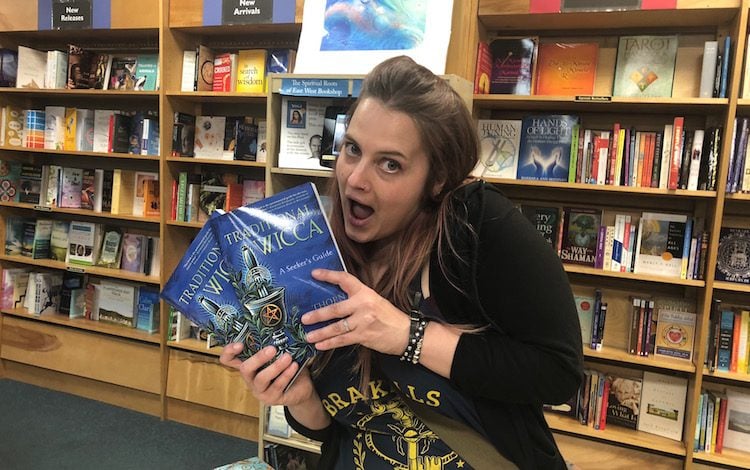
The People Who Congregate in Pagan Spaces are Pagans, Mostly
This is a rather simple answer, but I also think it’s true. The people who read books generally classified as “Pagan,” go to events labeled “Pagan” and congregate in Pagan spaces (both online and off) are probably Pagans, and are most certainly part of the Pagan Community. There are some people who get stuck under this banner who actively bristle at the word Pagan, and that’s fair, but I’m not sure it can be escaped from at present. The only way to completely leave the word Pagan behind is to build institutions free from people who identify as Pagans. (And I’m always happy to call people whatever it is they want to be called, I’m only arguing that certain groups are going to get lumped into “Paganism” when they inhabit the same social circles as self-identifying Pagans.)
This understanding of the word Pagan probably leaves some people out that we would otherwise think of Pagans. With Witchcraft evolving into a sometimes more aesthetic practice, and with those practitioners mostly absent from spaces such as this one, it’s possible to see their Witchcraft as outside of Pagandom. Faiths outside of monotheism aren’t a part of today’s Paganism unless they choose to be. “Hindus” aren’t suddenly Pagans in the sense that you or I might be simply because we wish it were so. There are some practitioners of Voodoo and Vodun who are comfortable identifying as Pagans, and others who are not. Whether or not they are “Pagans” probably depends on if they inhabit general Pagan spaces or not.
Pagans Are Generally a Pretty Tolerant Bunch (But Not as Much as Some of Us Would Like)
The Modern Pagan Community is far from perfect and has a whole lot of issues left to address when it comes to inclusitivioty, but I still think we are a rather tolerant bunch. There are other indicators of today’s Paganism, though these indicators are often more contentious. I’d argue that the Pagan Community as presently constituted is a generally tolerant place. That doesn’t mean everyone within it is socially liberal, but I think there’s an expectation that our public events are open to everyone (this is not always handled to perfection, but it’s the general rule). In addition we don’t let known racists post on our blog spots, nor do they release books through “Pagan” publishers. This is one of the reasons I don’t believe that Racists are Threatening to Take Over Paganism, because we’ve never let those elements truly enter our community.
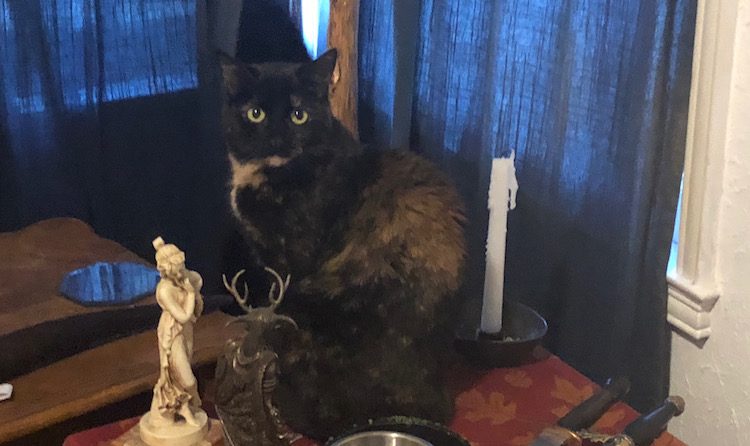
There’s a reason Margot Adler left racist Heathen and Asatru groups out of her book Drawing Down the Moon back in 1979, and that’s because she didn’t see them as part of modern Pagan culture. Most Pagan groups actively embraced the sixties in some way, racist Heathen groups were a reaction to that period of time. In other words, the evolution of those groups was separate from where most of us come from. It’s true that “folkish” Heathens attempt to invade our spaces now and again, but they are generally quickly shut down. Paganism is more liberal today than at any point in its history, I truly don’t see us falling backwards anytime in the near or distant future. Many of the most intolerant voices in Paganism today lie on the outskirts of our community and seem destined to end up in the dust-bin of history.
Common Points of Origin
The earliest Modern Pagan groups arose out of a renewed interest in ceremonial and folk magick, Celtic and British folklore, mythology, and the art and poetry of the Romantic and Victorian periods. Many of the more organized (and I use that term loosely) were influenced by fraternal orders, this especially applies to initiatory Witchcraft traditions and certain Druid orders. Not every Pagan group embraced the 1960’s wholeheartedly, but the ideas of the 60’s counter-culture can be seen in a wide range of Pagan traditions.
It’s these common points of origin within the varied pieces that make up today’s Paganism which makes calling traditions like Vodou, Hinduism(s), and Native American spiritualities “Pagan” problematic. Sure, they might be “pagan” in an anthropological sense, but these groups have been doing their own thing for centuries and millennia before we re-found our cauldrons and put on our ritual robes. In other words, they have their own culture, history, and ways of doing things that are often quite different from what we do.
A Shared Language
Most people who operate in the Modern Pagan sphere share a great deal of language. This doesn’t mean we all speak alike, but we share a lingo (though a lot of it is still rather Wiccan-specific). Words that society at large doesn’t really use in day to day conversation: coven, sabbat (along with certain names for those holidays), grove, circle, magick, athame, stang, the list is pretty long here. Again, I’m not arguing that everyone uses all of those things or celebrates all the same holidays, only that we generally all know what those things mean or are.
We share a ritual language too, even when we aren’t doing the same rituals. I can visit a re-constructionist ritual or a Druid ritual and can reasonably keep up because what they are doing is still familiar to me even if it’s not how I practice ritual. Atheo-Pagans and I don’t share a lot of beliefs, but we do share a ritual language, and their rituals sound a great deal like my own.
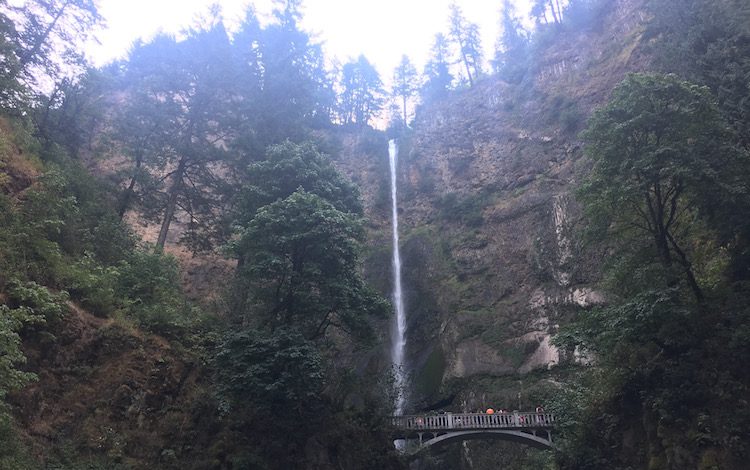
Love the Earth
Most people who identify as Pagans love the Earth, that really hasn’t changed since the 1960’s. That doesn’t mean everyone is a great environmentalist, and how to love the Earth is going to vary from person to person. Some Pagans are hunters, some are vegetarians, and both of those extremes include some of the absolute Pagan folks I know. How one can best love the natural world is going to vary, and that’s OK.
This also doesn’t mean every Pagan out there recycles or actively tries to reduce their carbon footprint (though I wish that it did). What it means is that most Pagans I know when seeing an impressive natural sight let out the same “holy shit!!” that I do.
Maybe Not a Religion Any More?
There’s a growing belief that Paganism is a social grouping and not a religion, and that’s probably the case (especially since many Pagans today actively disassociate what they do from “religion.”) In a world with many goddesses and gods and none at all, not being a religious subculture probably make the most sense.
What most Pagans are is at least spiritual. We use the tools of Paganism to connect with something larger than ourselves. For some (including me) that means deity. For others it’s magick, and for others it’s the natural world. That we are capable of respecting these different ways of connection and still maintain something resembling a positive community speaks well of us.
(And everyone knows Pagans throw the best parties, it’s why a lot of people enjoy hanging out with us.)








